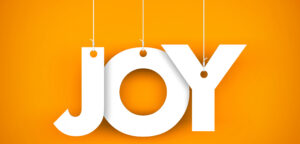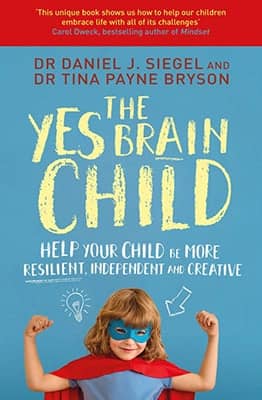The Last Supper
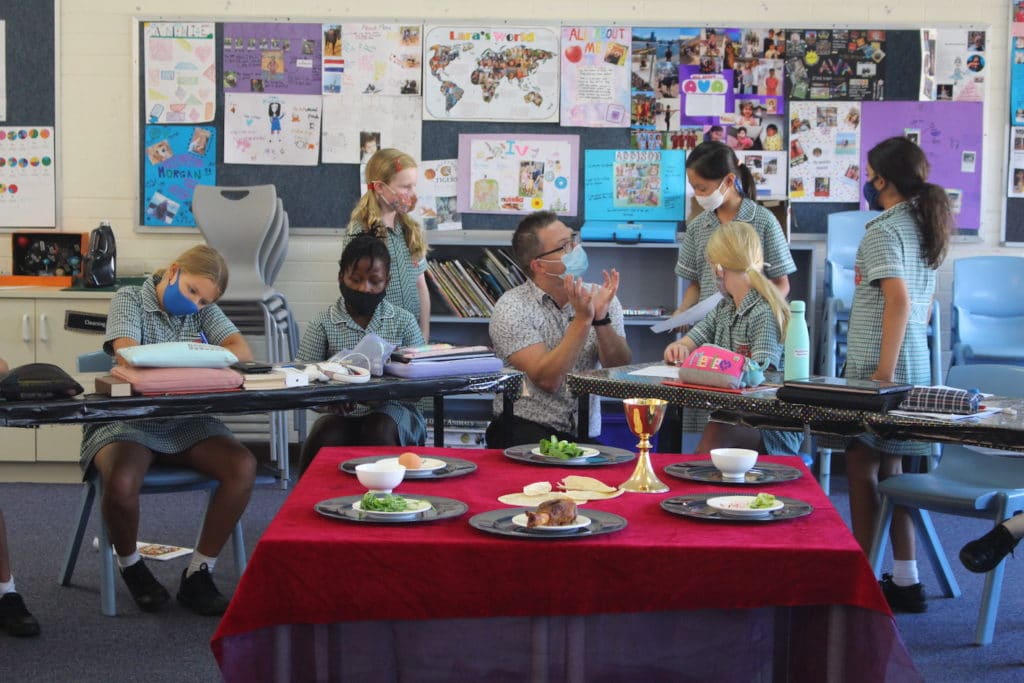
With Holy Week beginning in the first week of the school holidays, I asked the girls what food items they believed were at Jesus’ Last Supper. The girls successfully answered, ‘Bread and Wine’.
“Anything else?”, came my reply.
Silence.
According to the Gospel of Mark, 14:12, Jesus celebrated the Last Supper on the ‘first day of Unleavened Bread’ or otherwise known as the Seder plate/meal. This Jewish custom dates to the Exodus, where God instructed the Israelites to sacrifice the lamb and have its blood smeared over the doors. On that night, the Israelites ate unleavened bread and herbs. When the angel of death came that night and saw the blood on the doorposts, it would ‘Passover’ the house.
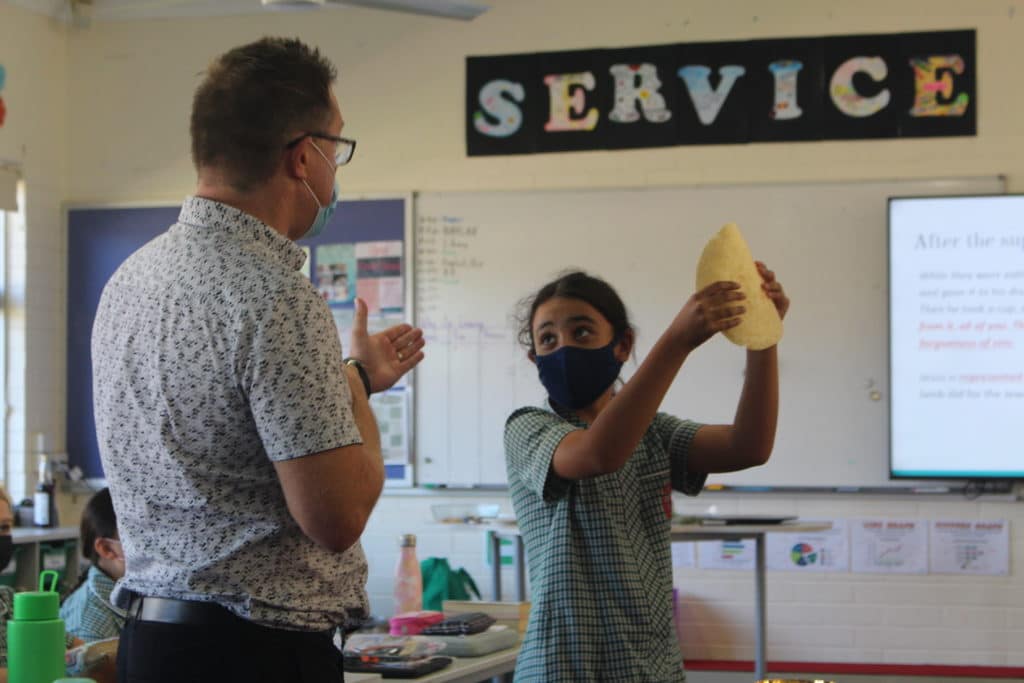
At the time of Jesus, the Jewish people were ordered to attend Jerusalem to make an offering to God. Most commonly, a sacrificial lamb was used as a sign of their devotion to God and penance for their past sins. A summary of the foods and their symbolic meaning is:
Maror – a bitter herb made from horseradish that represented the bitterness of slavery in Egypt. In Lent, we consider our own enslavements and fast from this.
Charoset – a paste of apples, walnuts and wine. This represented the mortar used when making bricks as slaves.
Karpas – a vegetable dipped in salt water that symbolised the freshness of spring.
Salt Water – the tears of enslavement
Metza – unleavened bread. There was no time in the escape for the bread to rise. They had to get out quickly.
Chazeret – a bitter herb, usually romaine lettuce, that also represented the suffering of the Jewish people
Beitzah – a hard-boiled egg that represented the new life in Israel.
Z’ro’a – the sacrificial lamb. The lamb’s blood was put over the door for the spirit to Passover. It was also the offering that the Jewish people made for their sins.
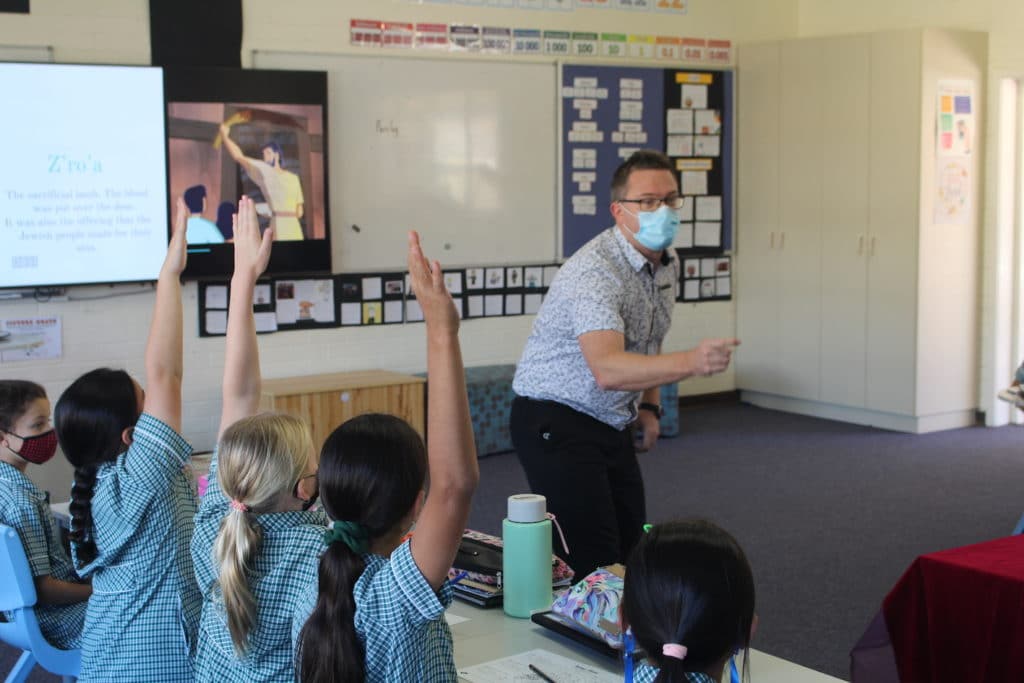
What does this mean for us?
In Matthew 26:26-27 Jesus said the words repeated each week at our Mass, saying, “Take and eat; this is my body.” Then he took a cup, saying, “Drink from it, all of you. This is my blood of the covenant, which is poured out for many for the forgiveness of sins.”
When Jesus died on the cross, he did so for the forgiveness of our sins. In other words, Jesus was represented by the lamb that was sacrificed at the altar and present at the Last Supper. It is the reason why, at Mass, we say the prayer:
Lamb of God, you take away the sins of the world, have mercy on us.
Interestingly, the Beitzah (hard-boiled egg), represented new life. After Jesus died on the third day, he rose to new life. So, in our reflection, I asked the girls, “What do we give each other on Easter Sunday?”. The penny had dropped.
As we put the pieces of the puzzle together, their newfound understanding was evident: When asked, what did you learn?
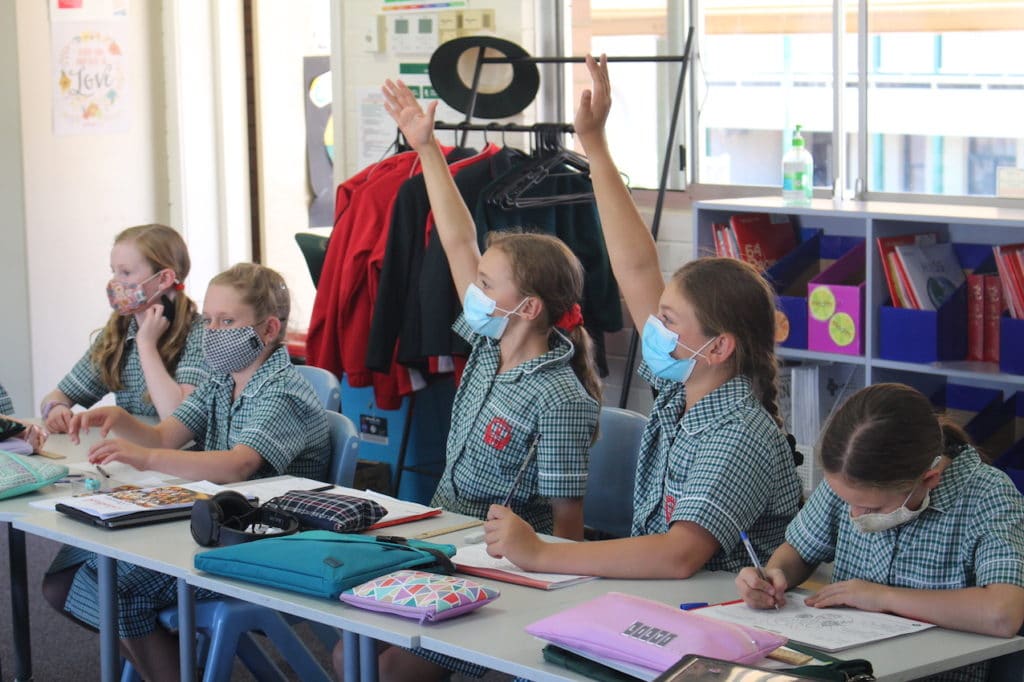
What we Learned
I learned about what the foods symbolise. We had never learnt about the food before, and it was a very interesting lesson. Lauren
Something that surprised me was how many different foods were at the last supper. Viyana
I knew there was more than just bread and wine but I didn’t know they all meant something. Elisa
Wonderings
Why haven’t we been taught this before at our old school? Madeleine
I wish the Santa Maria Community a blessed Easter,
Damian O’Bryan | Year 5 Teacher

Combating The Attention Span Crisis In Our Students – Jennifer Oaten
It is no secret that attention spans have been steadily declining, especially among younger generations growing up immersed in digital technology. The average person’s attention span when using a digital device has plummeted from around two and a half minutes back in 2004 to just 47 seconds on average today – a dramatic 66% decrease over the past two decades.

Weekly Wrap Up: Term 2, Week 2, 2024
Week 2 has come to an end! This Weekly Wrap Up features highlights from Scuba Diving Club, the Sisterhood Series, and Boarding ANZAC Service.

Santa Maria Teams Shine in Term 1 Sports
Santa Maria had a huge number of girls in the IGSSA AFL and Volleyball competition with strong results for a number of teams.
- Faith, Featured
Author: Santa Maria College
Santa Maria College is a vibrant girls school with a growing local presence and reputation. Our Mission is to educate young Mercy women who act with courage and compassion to enrich our world. Santa Maria College is located in Attadale in Western Australia, 16 km from the Perth CBD. We offer a Catholic education for girls in Years 5 – 12 and have 1300 students, including 152 boarders.
